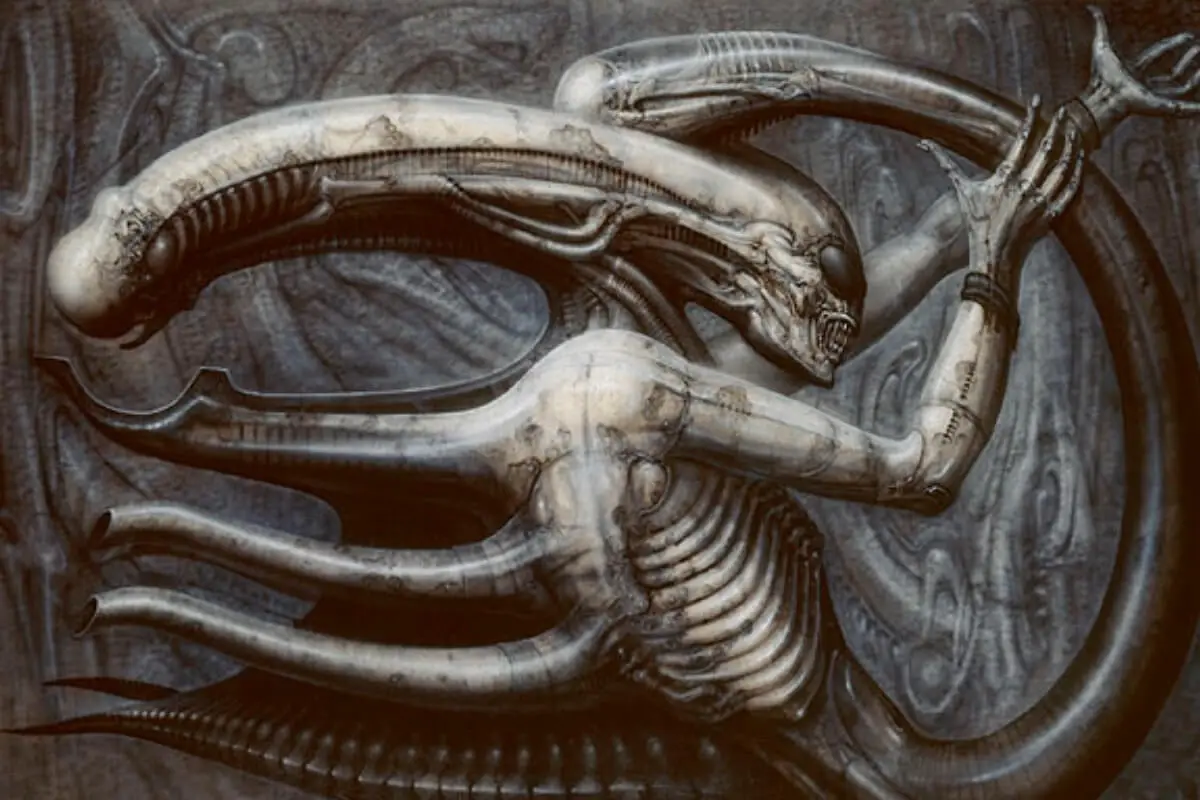Transcending traditional norms through a dark, romantic groove, the Goth Renaissance is a captivating exploration of death, beauty, and life juxtaposed with rich historical aesthetics. An awe-inspiring blend of past and present, this movement is deeply entrenched in the culture and periods it draws inspiration from, painting a profound portrayal of artistry with a gothic twist.
The aesthetic’s distinctive, haunting charm lies in its intriguing revival of Renaissance art, powerfully amplified through the lens of the goth subculture. The Gothic-Renaissance opens a window into a world where history encounters an immersive shift in presentation, embracing a significantly brooding umbrella that illuminates the canvas of art, literature, and culture.
Table of Contents
- Historical Context of Goth Renaissance
- Key Artists and Artworks
- Influence and Legacy of Goth Renaissance
- Related Questions
Historical Context of Goth Renaissance
A fusion of macabre and lush romanticism, the Goth Renaissance art movement is an enigmatic phase that intertwines elements of the Gothic and Renaissance periods.
It reflects a rich and elaborate culmination of styles that takes one on a journey through art history, extending beyond conventional expression into a realm of darkness, mystery, and contemplative introspection.
The Renaissance period, which spanned from the 14th to 17th century, was instrumental in shaping the course of European art, marked by blossoming creativity and a deep reverence for classical Antiquity.
During this period, artists sought to create representations of reality that showcased technical skills, explored perspective, and reflected humanity’s endeavors. The great masters like Michelangelo, Da Vinci, and Raphael redefined artistic norms by celebrating human form, beauty, and intellect.
Meanwhile, predominantly in architecture, the Gothic period incorporated a richness of detail, symbolic imagery, and a palpable sense of the spiritual. The term ‘Gothic,’ originating in the late Renaissance, was initially a derogatory term reflecting the negative perception of this style in comparison to the classical norms being reinstated. Only in later times has it been re-appropriated to celebrate the evocative power of this artistic epoch.
Therefore, the Goth Renaissance art movement emerged as a novel expression of these two forces. This movement uses elements from both periods, blending non-linear surrealistic structures from Gothic art with the Renaissance’s emotionality, realism, and attention to detail.
It’s a fascinating synthesis offering a stylistic approach that falls outside mainstream conventions.
In the late 20th century, artists started to draw upon the rich spectrum of cultural references from the Renaissance and Gothic periods, resurrecting the feel of these times in contemporary forms.
The Goth Renaissance movement was born during these cross-pollinations, resulting in a kaleidoscopic mix of the macabre and the beautiful. This brought a transformative lens to past ideals, fusing them to create an undercurrent in the arts that resonates with starkly dystopian realities punctuated by the fragility of human existence.
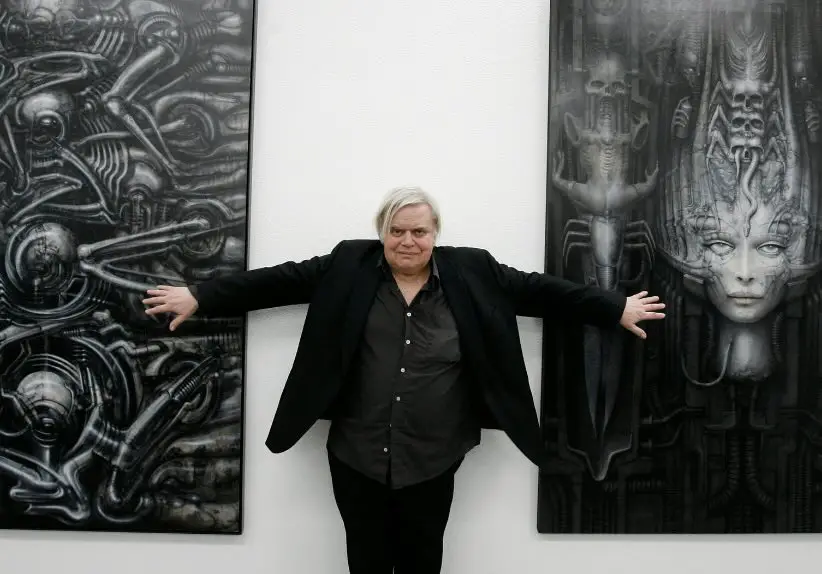
Key artists, like H.R. Giger, with his bio-mechanical dreamscapes, reflect this aesthetic. Alongside him, filmmakers like Tim Burton also lean into this unique blend of Gothic and Renaissance motifs, using shadows, peculiar shapes, and morbid themes in films like “Edward Scissorhands” and “The Nightmare Before Christmas.”
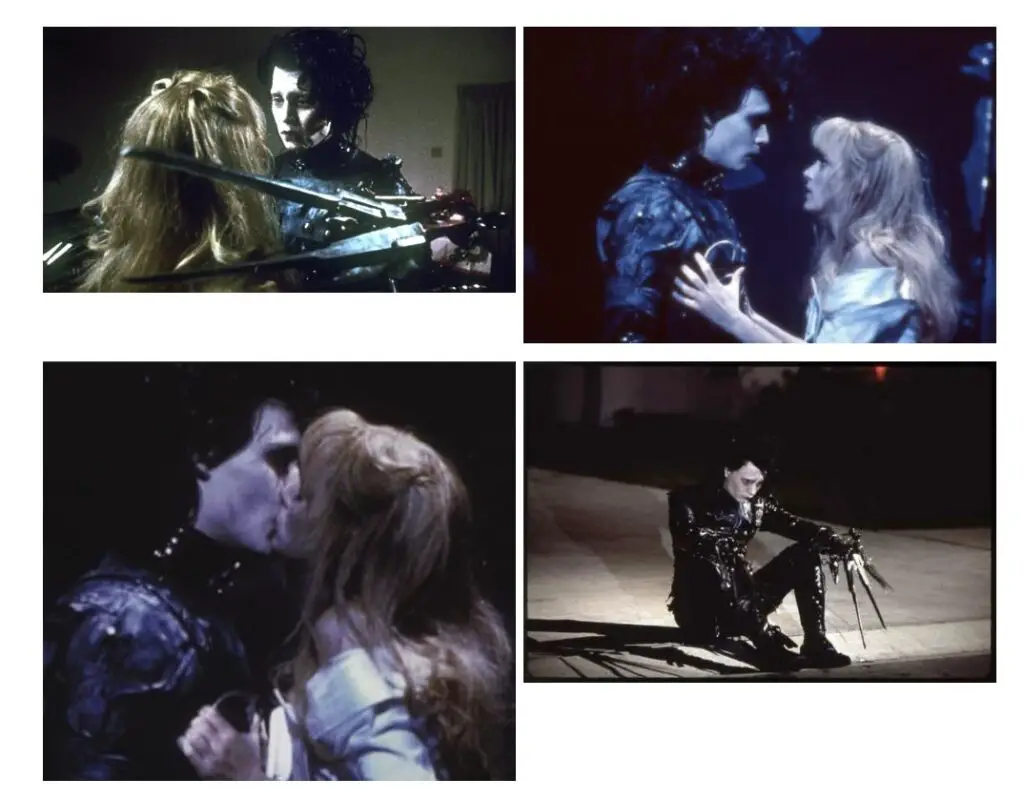
Art movements continually ebb and flow, reinterpreting past epochs through the lens of contemporary experience. The Goth Renaissance is a potent illustration of this phenomenon, representing a new way to receive and understand art history in all its intricate wonder.

Today, it is a testament to the innovation that arises when disparate historical styles converge, creating a new way of envisioning our collective human adventure’s dark and sublime aesthetic tapestry.
Key Artists and Artworks
Lead trailblazers of the Goth Renaissance movement unabashedly challenged the perceived boundaries of art, gracefully intertwining elements of grandeur from the Renaissance and the solemnity of Gothic style, forming a darkly captivating and fascinatingly complex aesthetic.
Treading on the path less taken by conventional artists, the luminaries of this movement managed to craft an art realm that echoes the past while embracing the future, unfurling a kaleidoscope of interpretations that tread on the ethereal, sublime, and grotesque.
Mavericks of this remarkable movement, while harmoniously in sync with their shared love of the archaic and the macabre, offer a unique exploration into the depths of the Goth Renaissance. Here, we revere and review some of these astonishing artistic pioneers and explore the masterpieces that etched their names into the annals of Goth Renaissance history.
H. R. Giger
The Swiss artist and designer par excellence casts a long shadow over the Goth Renaissance movement, having stood as a trailblazing figurehead in this art oeuvre. After delving into the deeper currents of surrealism, grotesquerie, and Gothic motifs, Giger gave the world pieces that chill the soul and boggle the mind.
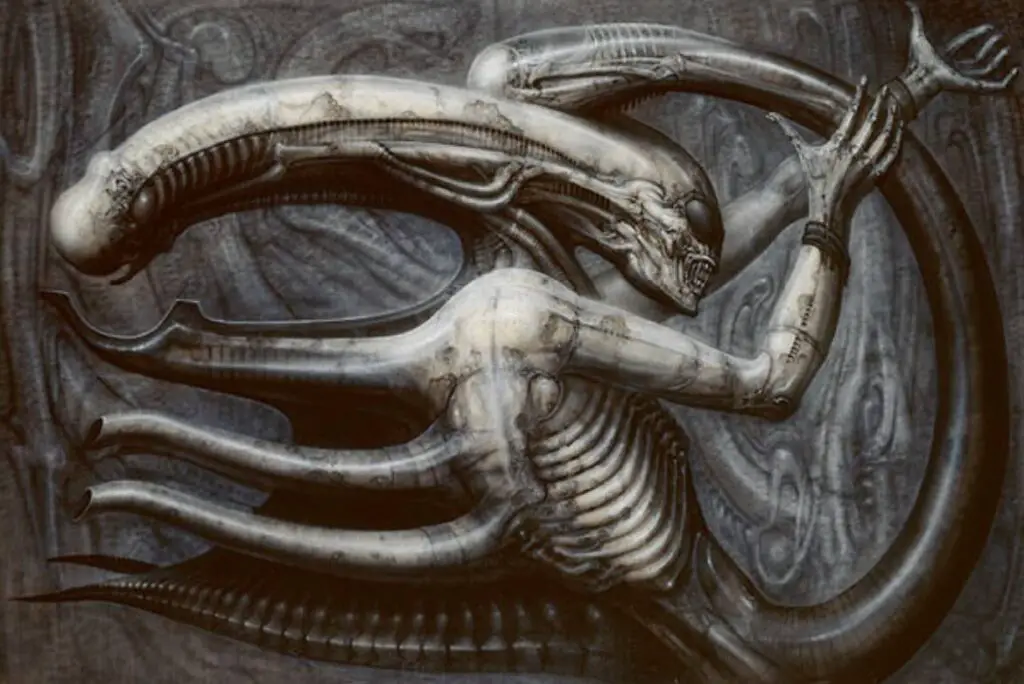
Paramount among his works is the biomechanical landscape depicted in “Necronom IV,” which eventually inspired the creation of the nightmarish creature in Ridley Scott’s seminal film, ‘Alien.’
British Artist Ian Johnstone
Albeit lesser-known, he contributed significantly to the Goth Renaissance with his tantalizing offerings that blend old-school grandeur with macabre undertones. His work on the covers for the rock band Coil is a testament to his talent.
For instance, the ‘Horse Rotorvator’ album cover manifests a haunting hymn of Renaissance and Gothic fusion, its divine subjects emitting aura of sorrow and foreboding, stark against the almost apocalyptic backdrop.
In the visual arts realm, filmmakers’ role in shaping the Goth Renaissance movement is nonpareil. The distinctive oeuvre of German filmmaker Werner Herzog profoundly imbued with Goth Renaissance themes, aesthetically straddles the eerie and the sublime.
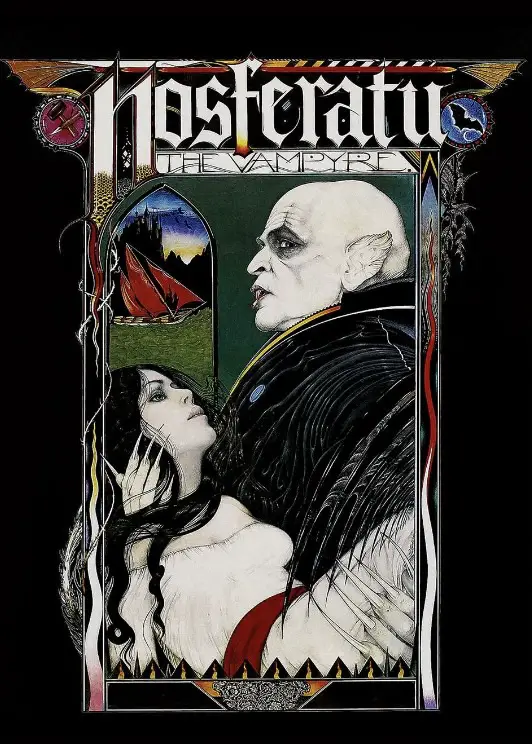
His 1979 ‘Nosferatu the Vampyre,’ a phantasmagoric, dread-tinged journey set in a decaying European backdrop, encapsulates the Goth Renaissance ethos, setting an artistic precedent for this movement.
As a filmmaker and visual artist, American visionary Clive Barker is a titan in this arena. The veiled commentary on individuality and societal norms in his movie ‘Nightbreed superbly reveals the gothic and Renaissance undertones central to the movement, while his grotesque and haunting artwork like “The Son of Celluloid” enhances the elaborate, theatrical style he’s renowned for.
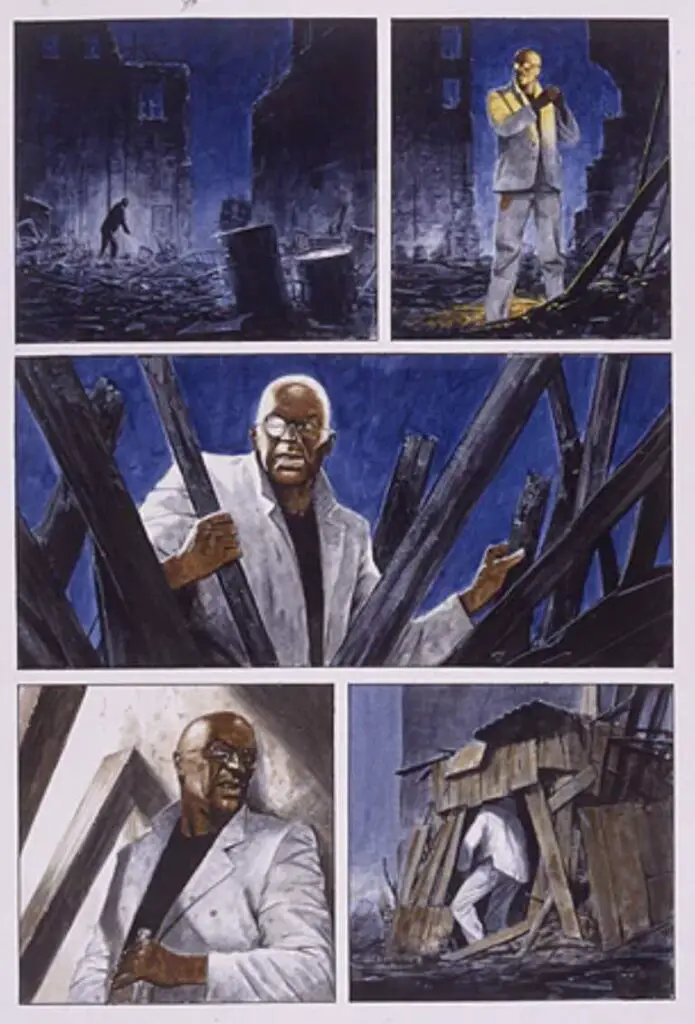
In the spirit of the Goth Renaissance movement, these remarkable artists each carved their niche, from haunted sculptures and macabre paintings to eerie films, each piece laced with a love for the grotesque and the sublime.
The Goth Renaissance is no mere movement; it bridges the old and new, a divergence from the beaten path, and a nuanced exploration of beauty within the grotesque. It is, in every sense, a celebration of the shadows that art history often shirked away from.
With their distinguished contributions, these artists bring a seamless fusion of epochs, uncovering the face of a movement that will undeniably echo throughout the annals of art history for generations to come.
Influence and Legacy of Goth Renaissance
The inevitable fascination with the macabre melded with a bold revivalist approach birthed the Goth Renaissance movement. Architect of worlds nestled in shadowy beauty, H.R. Giger, is a prominent figurehead of this unique amalgamation of aesthetics.
Known for his fantastical biomechanical art, he carved a niche that profoundly influenced this art movement by brandishing dark surrealism through his work. His most celebrated work includes the iconic Alien design, an epitome of the fusion of organic and mechanical elements, a testament to his artistic criterion and a defining characteristic of the Goth Renaissance.
Ian Johnstone, another instrumental figure in the Goth Renaissance movement, left an indelible mark through his multifaceted oeuvre spanning illustration, film, and sculptures.
His art, often macabre yet stunningly beautiful, presents a distinctive amalgamation of biological formations and architectural elements that permeate the references. Johnstone’s work epitomizes the movement’s compelling fascination with mortality and transcendence, inherently echoing the tradition’s fondness for existential contemplation.
In the realm of cinema, cultivators like Werner Herzog have significantly contributed to the Goth Renaissance movement’s ethos. Experimental in his approach, Herzog’s films exhibit an enduring fascination with the hypnotic and often terrifying beauty inherent in nature, thus invariably aligning his aesthetic with the movement.
His profound exploration of human nature, alienation, and the sublime elements of horror within his work navigate the mysterious corridors of human subconsciousness that resonate with the Goth Renaissance flavor.
Visual artist and filmmaker Clive Barker has garnered a significant following through his transgressive approach to horror and fantasy. Barker’s fascination with the mystical, erotic, and grotesque themes is a testament to his contribution to the movement.
His work, be it literature, painting, or film, showcases an appetite for exploring our psyche’s hidden, shadowy recesses. In doing so, Barker exposes a visceral portrayal of the human condition that resonates with sensibilities while simultaneously exploring modern themes of identity and personal transformation, further deepening his unity with the Goth Renaissance movement.
The Goth Renaissance movement, imbued with a captivating blend of horror, beauty, and the ethereal, presents an intriguing intersection of aesthetics inherited from and traditions.
Its thematic exploration of death, yearning, the sublime, and the uncanny, coupled with a distinct visual stylization, reveals an enduring fascination with the paradoxical entanglement of light and dark, the known and the unknown.
The influence and legacy of the Goth Renaissance movement in contemporary culture are undeniable. Its distinct fusion of aesthetics and thematic delicacy inspires countless contemporary artists and filmmakers, leading to a resurgence of interest in the macabre, the mystical, and the profound. Its impact on art history attests to the enduring power and relevance of revisiting ancient aesthetics and fusing them with contemporary sensibilities.
Thus, the Goth Renaissance movement, a potent cocktail of two celebrated epochs in art history, manifests the enduring fascination with the metaphysical, visceral, and sublime, leaving an influential imprint on the canvas of contemporary culture.
This immersion of darkness amidst luminosity marks the triumph of this movement, its legacy echoing through the ages, infusing life into contemporary art and expanding the boundaries and expressive possibilities of artistic creation.
Intricate, mysterious, and ultimately profoundly impactful, the Goth Renaissance has established itself as a fleeting trend and a cultural movement that lingers, influencing and shaping modern expressions of art.
Even in contemporary settings, the spirit of the Goth Renaissance can be seen echoing in architecture, fashion, and music, with its misty grasp ensnaring the hearts of many. From the hands of the artists to the cultural impact left on society, the Goth Renaissance’s essence bears a versatile legacy, etching a mark of fascination onto art and beyond.
This legacy not only stands as a testament to the movement’s vitality but also continually instigates a gothic delight in present-day art forms, making the Goth Renaissance an enduring embodiment of evocative expression.
Anita Louise Art is dedicated to art education, great artists, and inspiring others to find and create their art. We love art that uplifts and inspires. #ArtToMakeYouSmile! #ArtToMakeYouHappy!
If you are interested to see any of my art, you can find out more by clicking here. If you are interested in what inspires me and my paintings, you can discover more by clicking here.
We have a free newsletter and would love you to be part of our community; you can subscribe to the newsletter by clicking here. If you have any questions, I would be happy to talk to you. You can reach me, Anita, by clicking here.
Subscribe to our Anita Louise Art YouTube Channel filled with great videos and information, by clicking here.
Join us for our podcast “5 Minutes With Art.” Spend just 5 minutes a week with us to discover and learn about great art and artists. You can find out more about our podcast by clicking here.
Related Questions
What Is Post Impressionism Art? Impressionist To Post Impressionist
Among the myriad epochs that have graced the canvas of art history, Post-Impressionism shines as a beacon of innovation and creative exploration. This movement boasts luminaries like Paul Cézanne and Vincent van Gogh and has a magnetic appeal that captivates art enthusiasts worldwide.
By clicking here, you can learn more by reading What Is Post Impressionism Art? Impressionist To Post Impressionist.
Abstractionism In Art Defined: Unlocking Abstract Expression
One of the great things about art history is a vast tapestry woven with diverse movements and styles, each contributing a unique perspective to the evolution of the artistic landscape. That is one reason I love to study art isa because you can learn about yourself, history, and the world.
By clicking here, you can learn more by reading Abstractionism In Art Defined: Unlocking Abstract Expression.
Early Renaissance Vs. High Renaissance Art Explained
Early Renaissance and High Renaissance are both periods of the art of the Renaissance era. The entire Renaissance era shared a lot of the same characteristics. The High Renaissance was dominated by three major artists: Leonardo da Vinci, Michelangelo, and Raphael.
By clicking here, you can learn more by reading Early Renaissance Vs. High Renaissance Art Explained.

